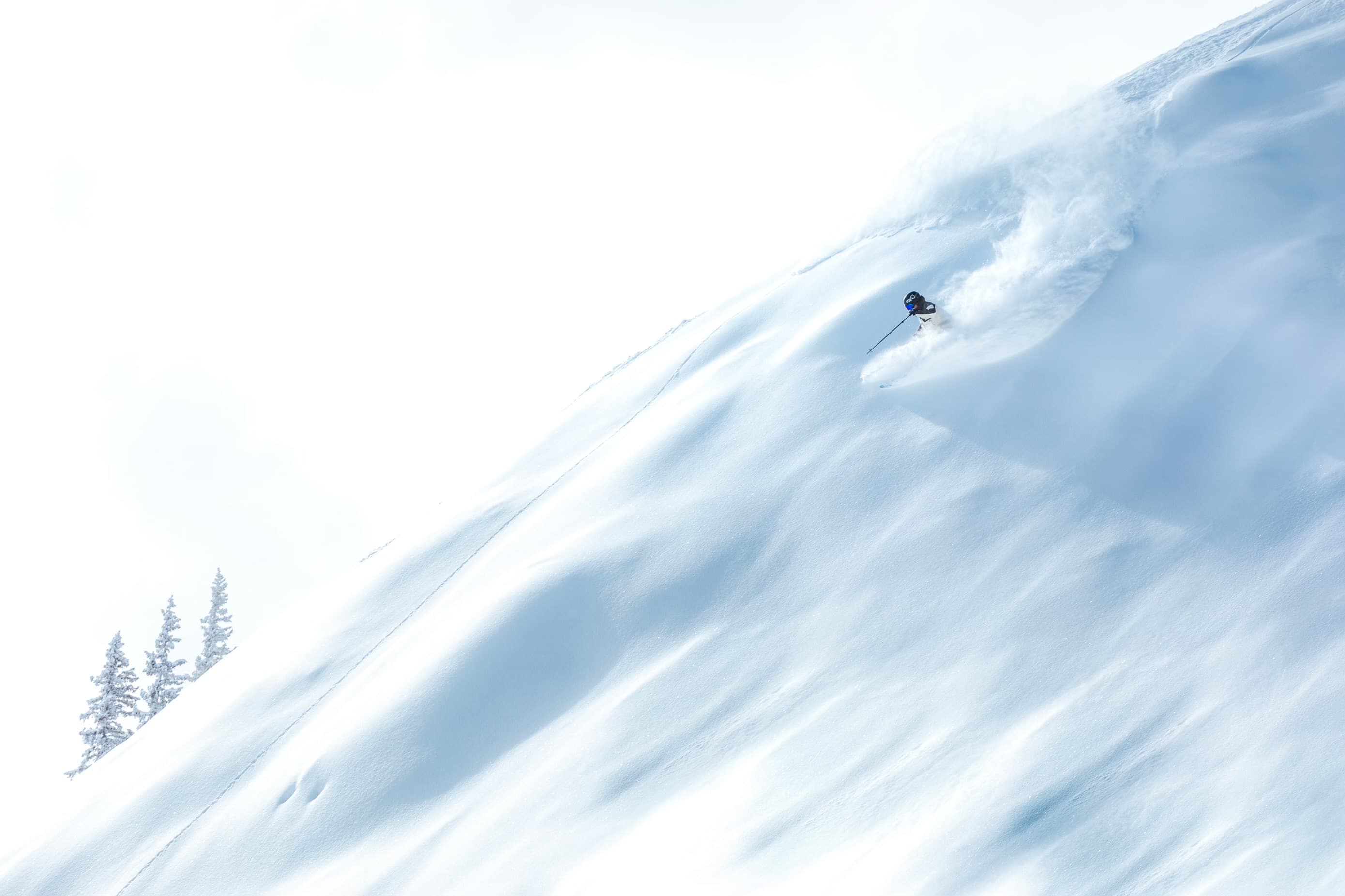
Fitting your ZipFits at home is easy.
Start by making sure you have the correct ZipFit for your foot, ski boot shell, and skier type. Also, have set a quality footbeds which properly fit into your ZipFits before you start.
While the goal is to get the fit right on the first try, what makes ZipFit unique is that they can be constantly tweaked. Unlike foam injection or other thermomoldable liners, fitting Zipfits is not a one shot deal with a single chance to dial them perfectly. So really the only precaution that must be taken is the following: Do not burn or overheat your ZipFit liners*.
1. Lets Get Started
You should have your liners, shells, a quality pair of footbeds, and a safe way to make some heat. If you have not done so already, now is a good time to review our return and exchange policies.
2. Time to heat up your liners
The only necessary precaution that must be taken is the following: Do not burn or overheat your ZipFit liners beyond 60°C (140°F).
Get creative but be smart. When you can feel the cork squish, they are warm enough. Beyond the standard heating methods like a boot oven, heating stack, or heated boot bag, our favorite ways to warm up our liners are in the sauna, in the car footwell with the heat blasting (just like we do on our way to the hill), your home forced air heating system, or your grandmothers hair dryer. There are many other ways but the important part is to go slow and be careful.
Do not use: heat guns, ovens, microwaves, grandma's curling iron, or other tools on liner destruction.
3. Visualize Success!
Just like big mountain skiers on the top of their line, pretend like you're out there skiing. Making perfect turns. Feeling the flow. But really just try to simulate the forces of skiing to help the cork find it's happy home. The cork is alive and will flow naturally from where it shouldn't be to where it should. Your dog might think you look weird but thats okay.
4. Check in with yourself.
How do they feel? Any pressure points? With the liner off and cork warm, try to message the cork away from this area to alleviate this pressure. If you're not feeling confident, check in with us using our contact form! Otherwise...
5. Go Skiing.
Time to break them it. Every hour you spend in your new liners is another hour the cork has had to conform to your foot and ski boot shell. They should get better over time, and it is not uncommon for them to take a few days to live up to their full potential.
Just remember, if you think you might need to return or exchange your liners please treat them nicely to ensure your request is accepted. Please refer to our returns and exchange policy for more information.
6. Make them yours <3
Once you're committed to keeping your ZipFits, it's time to fine tune your fit by adding or removing cork, swap in some funky laces, try removing the power straps, and tell your friends!